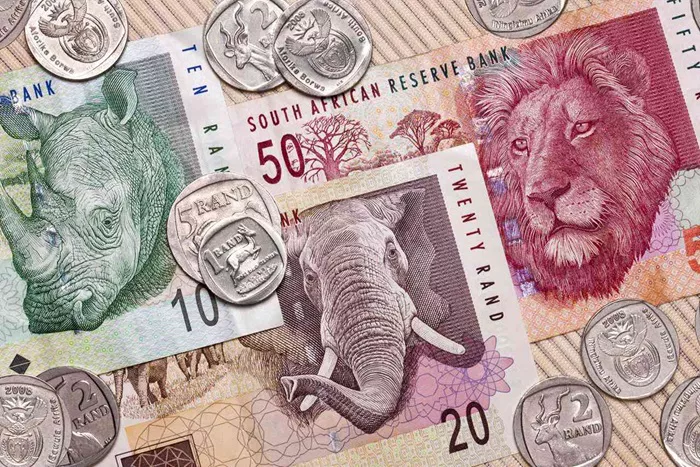While emerging-market currencies have generally gained from a weaker US dollar this quarter, African currencies have defied this trend, hindered by local economic challenges. Notably, five of the ten worst-performing currencies globally are from Africa, including the Zambian kwacha, the Angolan kwanza, and the Nigerian naira, as highlighted in data compiled by Bloomberg.
Factors Behind Currency Weakness
The weak performance of these currencies can be attributed to several factors, including a lack of dollar liquidity, inflationary pressures, and volatile commodity prices. Many African economies, particularly Nigeria and Angola, are heavily dependent on oil exports, which makes them particularly vulnerable when prices decline. Keonethebe Bosigo, portfolio manager at Mazi Asset Management, noted that while oil prices play a role, the real issues stem from poor currency management and underlying economic imbalances.
Nigeria’s Currency Challenges
The Nigerian naira remains under significant pressure despite ongoing reforms aimed at liberalizing the current account. Irmgard Erasmus, an economist at Oxford Economics, indicates that the naira is undervalued relative to its long-term neutral value due to persistent liquidity and dollar supply issues. Although Nigeria has made progress since the Tinubu administration’s victory in 2023, challenges around hard-currency supply and tightening banking regulations continue to create risk aversion among investors.
Declining Brent crude prices exacerbate the naira’s troubles. Erasmus points out that while improved dollar liquidity could support recovery over time, the government’s slow reform pace and inconsistent monetary policies keep the currency undervalued. Currently, Erasmus estimates that the naira should be trading around 1,100 per dollar, significantly lower than its recent close of 1,544 per dollar. Without substantial policy changes, the naira’s outlook remains precarious.
Angola’s Structural Struggles
The Angolan kwanza has depreciated nearly 12% this year, reaching approximately 950 per dollar, its lowest value in 25 years. Erasmus attributes this decline to oil price fluctuations, but he emphasizes that liquidity challenges are a more pressing concern. With over 60% of its budget reliant on oil, falling crude prices adversely impact Angola’s hard-currency reserves. The central bank’s reduced interventions have further weakened the currency.
Bosigo adds that despite Angola’s attempts to diversify its economy, a heavy debt burden and structural issues continue to exert pressure on the kwanza. The government is expected to prioritize debt repayments over increasing foreign exchange supply, suggesting that the kwanza will remain weak through the year.
During a recent press conference, Angola’s central bank governor, Manuel Tiago Dias, indicated that while they are prepared to take necessary measures, they believe it is premature to intervene in the market at this stage.
Zambia’s Fiscal Concerns
The Zambian kwacha has recently reached its weakest level since June, trading as low as 26.4698 per dollar, amidst worries over fiscal sustainability. Ongoing droughts are increasing Zambia’s external financing needs, particularly for food and power imports, which deplete reserves. While the government’s revised interbank FX rules have stabilized the kwacha to some extent, investment confidence remains shaky due to new regulatory changes in the mining sector.
Zambia, which is currently engaged in a $1.7 billion economic program with the IMF, is contemplating seeking additional assistance. The country faces a challenging balance between implementing fiscal reforms and maintaining social spending. With copper prices showing minimal signs of recovery and political uncertainty rising, the kwacha’s outlook remains bleak.
External Influences and Future Outlook
The performance of the dollar and US interest rates will undoubtedly impact portfolio flows in and out of African currencies, as noted by Gergely Urmossy, an emerging-market strategist at Societe Generale SA. However, he cautions that it is difficult to generalize due to the region’s unique currency regimes and policy settings.
Despite the current volatility of African currencies, Bosigo suggests that improvements in global capital flows and local economic reforms could offer some relief in the medium term.
Conclusion
African currencies are grappling with a myriad of challenges, including economic dependence on oil, liquidity issues, and regulatory concerns. While some reforms are underway, significant hurdles remain before these currencies can stabilize and regain investor confidence. The road ahead is complex, but with strategic policy adjustments and global economic shifts, there may be opportunities for recovery in the African currency markets.
Related Topics:

